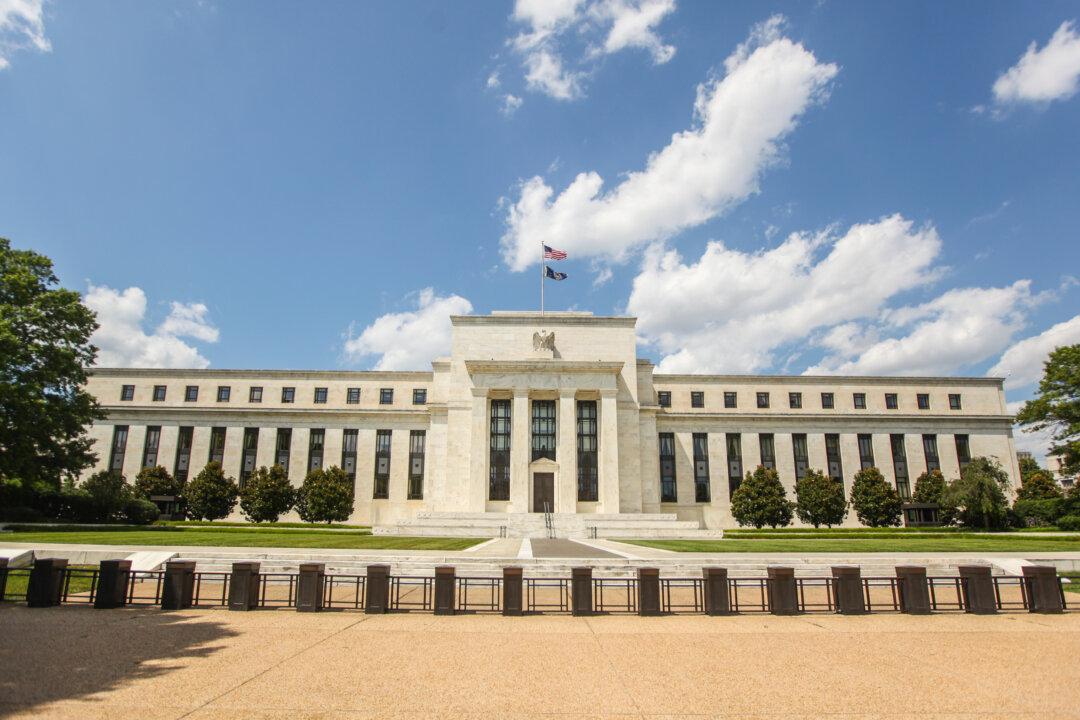After the market fireworks at the beginning of the year, things started to quiet down at the end of February right after the G20 meeting in China. This quiet is about to end if we take the Chinese currency as an indicator.
Markets were worried the yuan would crash against the dollar with some hedge fund managers even betting on a 50 percent decline in 2016. China’s stock market crashed some 25 percent in January and the S&P 500 lost almost 10 percent at its low point in February.
After the unofficial Shanghai Accords—named after the place of the G20 meeting—this concern receded as the U.S. dollar weakened and emerging market currencies including China’s yuan appreciated. The Federal Reserve played a part as it skipped raising interest rates during its first meetings in 2016 and Chinese capital outflows markedly slowed from March onwards.
So the yuan hit a relative high against the dollar in March at 6.45, the S&P 500 made it to green for the year, but it seems this was as good as it gets.
For no apparent reason, the yuan then started to decline and is approaching the January lows of 6.60 per dollar.

At the beginning of May, Australia defected from the rest of the world’s central banks by cutting interest rates in an effort to weaken its currency, breaching the agreement to let the dollar weaken across the board.
On May 18, the Federal Reserve released the minutes of its March meeting, indicating it may just raise rates again. This led to a sharp sell-off in the Chinese currency and prompted the People’s Bank of China (PBOC) to intervene in the currency markets to strengthen the yuan.
The Chinese economy and possible capital outflows are coming to the forefront of analysts and traders again.





